UAF IPY postdoctoral fellows
SEBASTIAN MERNILD
by Jenn Wagaman, UAF Center for Research Services
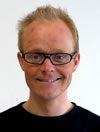
GEOGRAPHY
University of Copenhagen, Denmark
POSTDOCTORAL RESEARCH
Quantifying environmental changes in the hydrologic cycle that occur in response to climate change, to improve predictions in water and sediment variations in Alaska and Greenland
MENTOR
Larry Hinzman, UAF, International Arctic Research Center, and Douglas Kane, UAF, Institute of Northern Engineering
HOMETOWN
Copenhagen, Denmark
FAVORITE MOLECULE
"That would be water. Or a vodka martini, shaken, not stirred, of course."
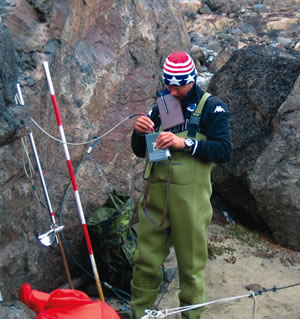
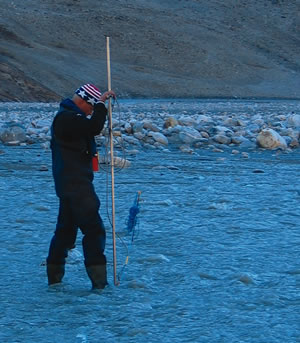

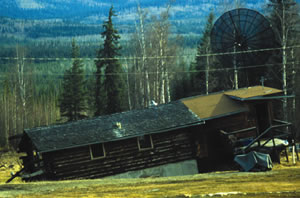
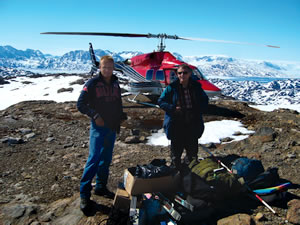
If Sebastian Mernild weren't a scientist he would like to be 007. This might seem a bit unusual until you get to know him. After all, in addition to being an IPY presidential postdoc studying the Greenland ice sheet, he's also a captain in the Danish army who recently served time in Afghanistan and Kosovo.
"As a scientist you work mostly with your head," says Mernild. "But as a military person you work with your body, and these two things combined seemed to me to be excellent." James Bond would agree.
Mernild's interest in the Greenland ice sheet began while he was completing his Ph.D. in Denmark at the University of Copenhagen. There, he studied glaciers, snow cover and freshwater runoff in between Greenland's ice sheet and the ocean from a global change perspective. His results encouraged him to expand the project to look at the entire east and west coast of Greenland as well as the ice sheet itself.
"I'm able to set up climate models, snow and glacier models, and hydrological runoff models estimating how much freshwater is going into the North Atlantic Ocean," he states. "If we can estimate the amount of freshwater going into the ocean then we know something about the increasing level of the ocean in the future."
In addition, Mernild is studying the ocean currents between eastern Greenland and western Norway. "Greenland has the biggest ice sheet on the northern hemisphere," says Mernild. A lot of ice means a lot of freshwater, and as this water mixes into the ocean, not only does sea level rise, but the salinity of the ocean changes as well. All of this may have major implications around the globe. Knowing how much of this water is mixing into the ocean and where the currents will take it is essential to planning.
"Nobody has ever done an east Greenland runoff model," says Mernild. "So that is quite amazing, really. In a way, I see my modeling as a good contribution to coastal communities, to the global change discussion, and to the world."
He enjoys a career on the edge of new science as well as the edge of the world. "It's nice to stand on the Greenland ice sheet. You can see snow and ice all over and you can't hear anything. It's just amazing."
Coming to Alaska, Mernild discovered he was not prepared for the extreme cold. "I didn't think that minus 40 degrees could happen up here," he confesses. But this work is perfect for his lifestyle, even if he isn't 007. "I think what I love most about this job is the freedom--to be my own boss" he says. "The most important thing that I do is progress in my science and progress as a human being."
Coming to Alaska has been an opportunity to do just that. "It brought me into the best league of scientists," he says, adding, "You cannot find a better time to do polar research than during IPY."
Images courtesy Sebastian Mernild unless otherwise noted


